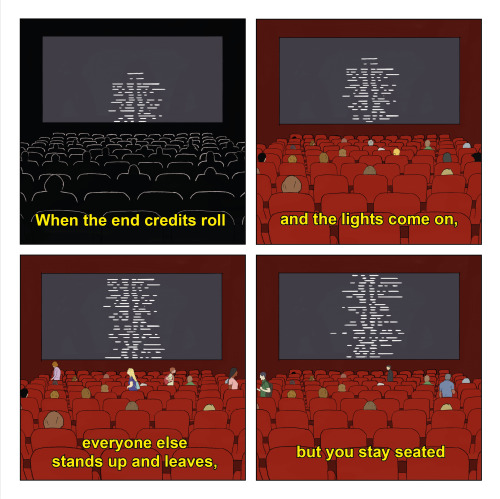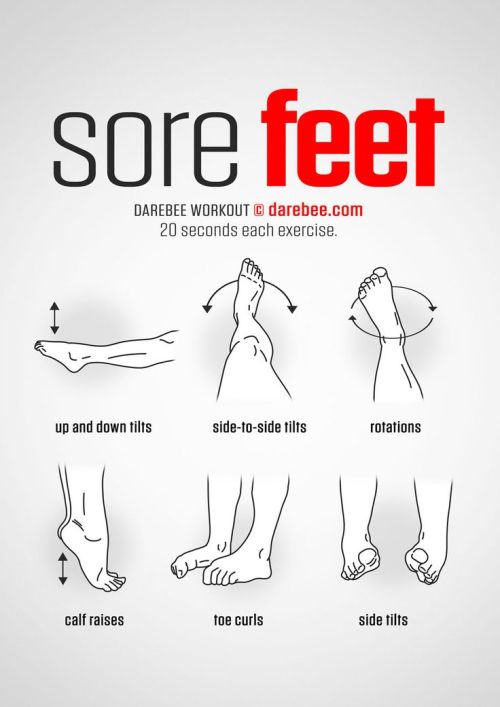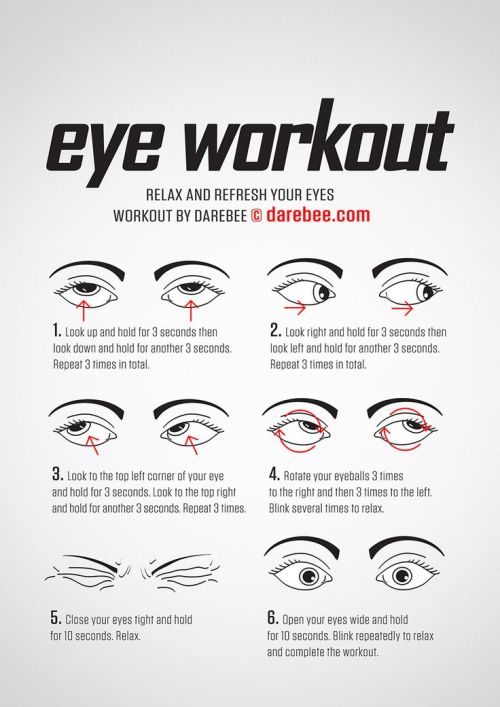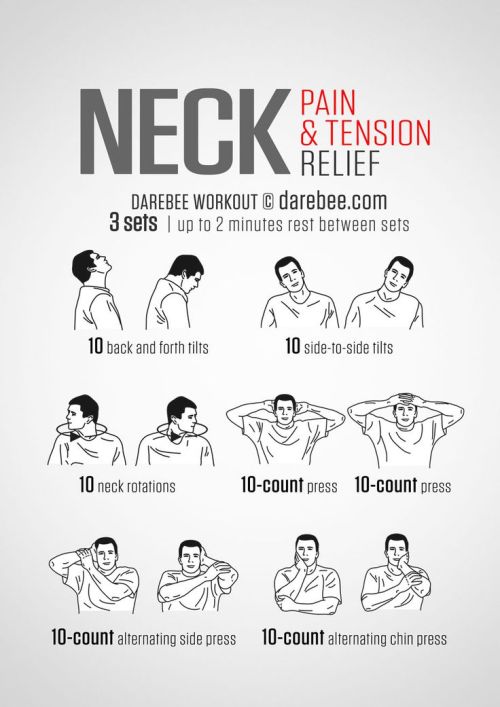~2021 Yumenikki(+yumenikki Fangames)

















~2021 yumenikki(+yumenikki fangames)
More Posts from Pastelpinkseal and Others




I've had this little idea in my head for a while now, so I decided to sit down and plot it out.
Disclaimer: This isn't meant to be some sort of One-Worksheet-Fits-All situation. This is meant to be a visual representation of some type of story planning you could be doing in order to develop a plot!
Lay down groundwork! (Backstory integral to the beginning of your story.) Build hinges. (Events that hinge on other events and fall down like dominoes) Suspend structures. (Withhold just enough information to make the reader curious, and keep them guessing.)
And hey, is this helps... maybe sit down and write a story! :)
social media has a way of inspiring dangerous thoughts, like, “maybe I personally have some useful nuance to add to one of the ugliest and most intractable conflicts in the world”
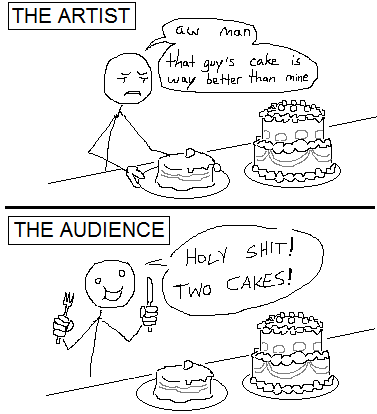
People have written a lot of touchy-feely pieces on this subject but I thought I’d get right to the heart of the matter
Tips for Writing a Difficult Scene
Every writer inevitably gets to that scene that just doesn't want to work. It doesn't flow, no matter how hard you try. Well, here are some things to try to get out of that rut:
1. Change the weather
I know this doesn't sound like it'll make much of a difference, but trust me when I say it does.
Every single time I've tried this, it worked and the scene flowed magically.
2. Change the POV
If your book has multiple POV characters, it might be a good idea to switch the scene to another character's perspective.
9/10 times, this will make the scene flow better.
3. Start the scene earlier/later
Oftentimes, a scene just doesn't work because you're not starting in the right place.
Perhaps you're starting too late and giving too little context. Perhaps some description or character introspection is needed before you dive in.
Alternatively, you may be taking too long to get to the actual point of the scene. Would it help to dive straight into the action without much ado?
4. Write only the dialogue
If your scene involves dialogue, it can help immensely to write only the spoken words the first time round.
It's even better if you highlight different characters' speech in different colors.
Then, later on, you can go back and fill in the dialogue tags, description etc.
5. Fuck it and use a placeholder
If nothing works, it's time to move on.
Rather than perpetually getting stuck on that one scene, use a placeholder. Something like: [they escape somehow] or [big emotional talk].
And then continue with the draft.
This'll help you keep momentum and, maybe, make the scene easier to write later on once you have a better grasp on the plot and characters.
Trust me, I do this all the time.
It can take some practice to get past your Type A brain screaming at you, but it's worth it.
So, those are some things to try when a scene is being difficult. I hope that these tips help :)
Reblog if you found this post useful. Comment with your own tips. Follow me for similar content.
-
 jadegullyz0ne reblogged this · 1 month ago
jadegullyz0ne reblogged this · 1 month ago -
 ayaaaanoooo liked this · 1 month ago
ayaaaanoooo liked this · 1 month ago -
 trueankhatm liked this · 1 month ago
trueankhatm liked this · 1 month ago -
 yourbelovedsekky reblogged this · 1 month ago
yourbelovedsekky reblogged this · 1 month ago -
 manny243456 liked this · 1 month ago
manny243456 liked this · 1 month ago -
 irishdrunk98 liked this · 1 month ago
irishdrunk98 liked this · 1 month ago -
 winkleztinklez liked this · 1 month ago
winkleztinklez liked this · 1 month ago -
 lorenzopenguini reblogged this · 1 month ago
lorenzopenguini reblogged this · 1 month ago -
 slurgdurgler liked this · 1 month ago
slurgdurgler liked this · 1 month ago -
 zephyrneko liked this · 1 month ago
zephyrneko liked this · 1 month ago -
 styxjuice liked this · 1 month ago
styxjuice liked this · 1 month ago -
 augonot liked this · 1 month ago
augonot liked this · 1 month ago -
 orionthecritter liked this · 1 month ago
orionthecritter liked this · 1 month ago -
 cwolfnerakagnome liked this · 1 month ago
cwolfnerakagnome liked this · 1 month ago -
 pinkpaletta reblogged this · 1 month ago
pinkpaletta reblogged this · 1 month ago -
 nochnye-vedmy reblogged this · 2 months ago
nochnye-vedmy reblogged this · 2 months ago -
 voidofdeadworms liked this · 2 months ago
voidofdeadworms liked this · 2 months ago -
 dawndasshu liked this · 2 months ago
dawndasshu liked this · 2 months ago -
 omfak liked this · 2 months ago
omfak liked this · 2 months ago -
 555-eat-beet reblogged this · 2 months ago
555-eat-beet reblogged this · 2 months ago -
 555-eat-beet liked this · 2 months ago
555-eat-beet liked this · 2 months ago -
 ivydinosour liked this · 2 months ago
ivydinosour liked this · 2 months ago -
 papyruslikes reblogged this · 2 months ago
papyruslikes reblogged this · 2 months ago -
 jellhound liked this · 2 months ago
jellhound liked this · 2 months ago -
 lnane liked this · 2 months ago
lnane liked this · 2 months ago -
 v4l-p4l reblogged this · 2 months ago
v4l-p4l reblogged this · 2 months ago -
 v4l-p4l liked this · 2 months ago
v4l-p4l liked this · 2 months ago -
 flanfriend liked this · 2 months ago
flanfriend liked this · 2 months ago -
 plasticsandwich reblogged this · 2 months ago
plasticsandwich reblogged this · 2 months ago -
 sillyrascalgiantcolor liked this · 2 months ago
sillyrascalgiantcolor liked this · 2 months ago -
 perc-sephone liked this · 2 months ago
perc-sephone liked this · 2 months ago -
 patchwork-girls liked this · 2 months ago
patchwork-girls liked this · 2 months ago -
 sponge-kiebt reblogged this · 2 months ago
sponge-kiebt reblogged this · 2 months ago -
 lazyactionhero liked this · 2 months ago
lazyactionhero liked this · 2 months ago -
 adas-cozy-corner reblogged this · 2 months ago
adas-cozy-corner reblogged this · 2 months ago -
 sincerely-seven liked this · 2 months ago
sincerely-seven liked this · 2 months ago -
 super-highschool-level-blog liked this · 2 months ago
super-highschool-level-blog liked this · 2 months ago -
 gaybastich liked this · 2 months ago
gaybastich liked this · 2 months ago -
 c8h8cl3o3ps liked this · 2 months ago
c8h8cl3o3ps liked this · 2 months ago -
 rexcanyon792 liked this · 2 months ago
rexcanyon792 liked this · 2 months ago -
 rekishizumi liked this · 2 months ago
rekishizumi liked this · 2 months ago -
 plasticsandwich liked this · 2 months ago
plasticsandwich liked this · 2 months ago -
 shrex-and-the-city reblogged this · 2 months ago
shrex-and-the-city reblogged this · 2 months ago -
 dalmek reblogged this · 2 months ago
dalmek reblogged this · 2 months ago -
 tehepicduckeh reblogged this · 2 months ago
tehepicduckeh reblogged this · 2 months ago -
 tehepicduckeh liked this · 2 months ago
tehepicduckeh liked this · 2 months ago -
 primmy-and-proper liked this · 2 months ago
primmy-and-proper liked this · 2 months ago -
 yourbelovedsekky liked this · 2 months ago
yourbelovedsekky liked this · 2 months ago -
 tgirlmaomao liked this · 2 months ago
tgirlmaomao liked this · 2 months ago
